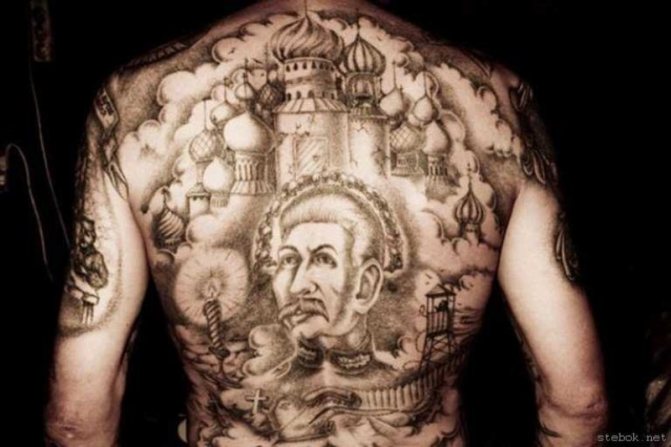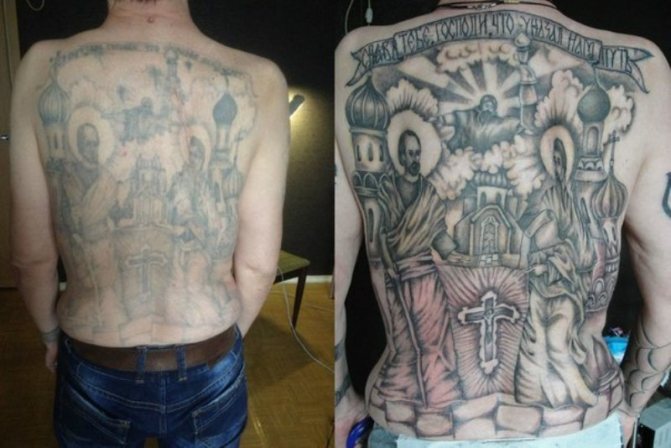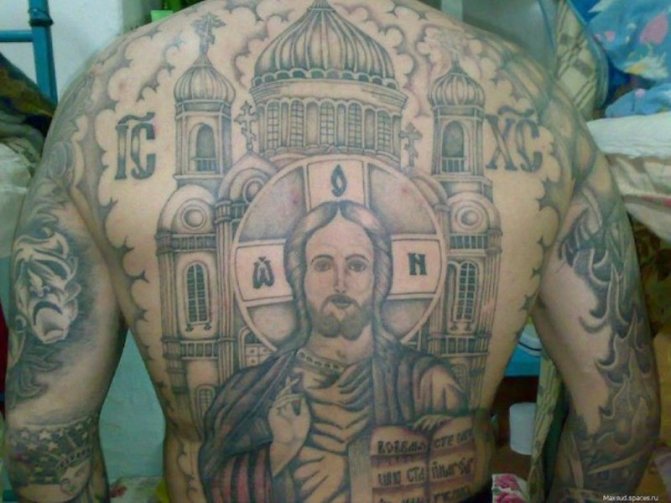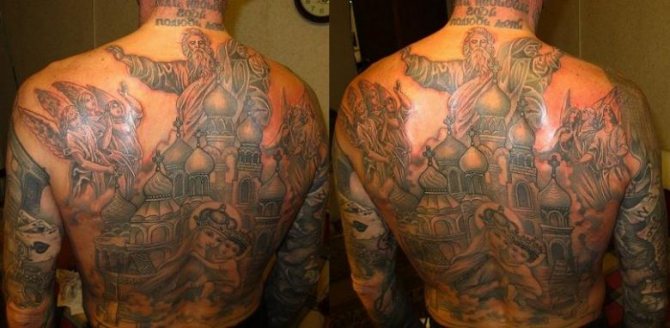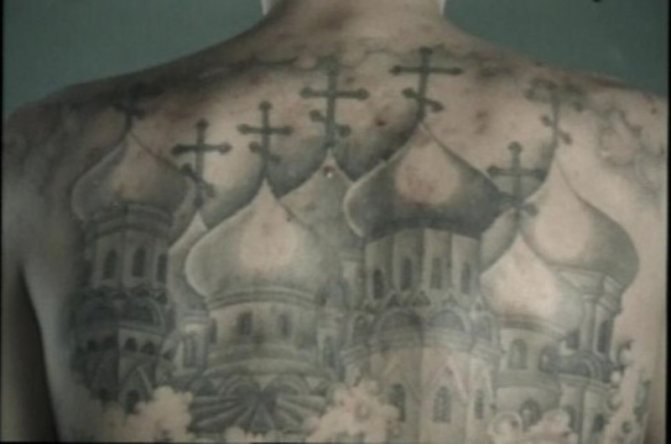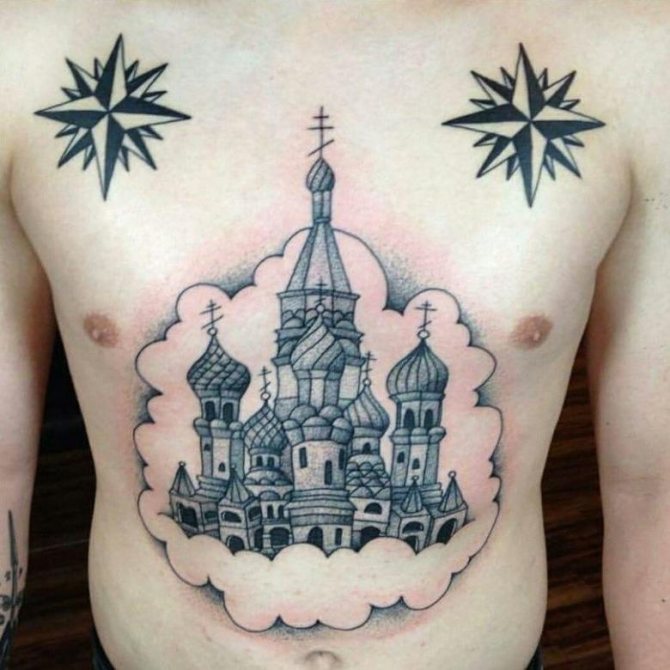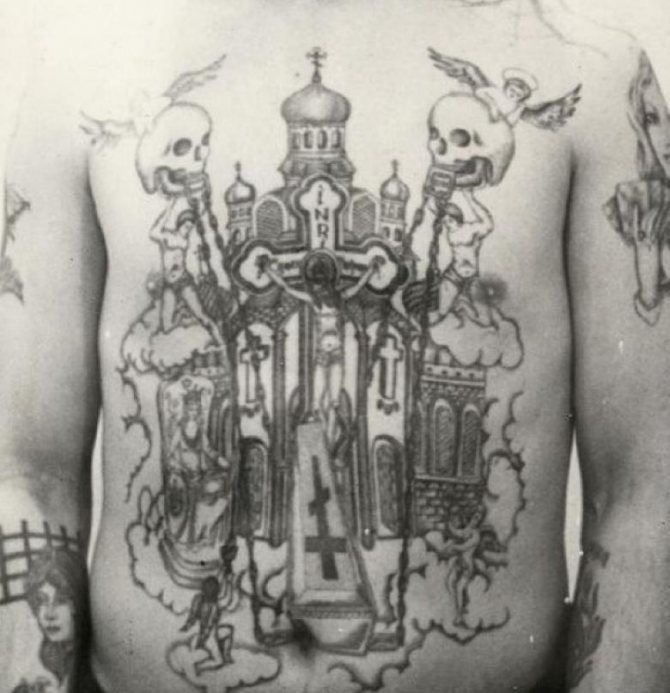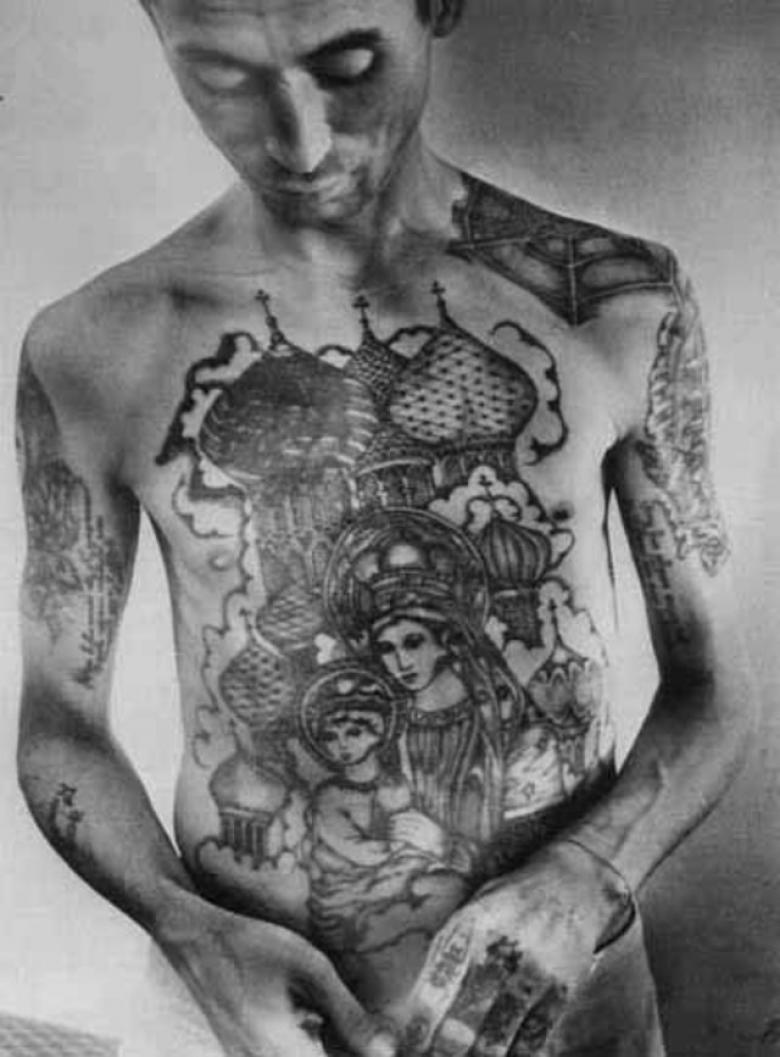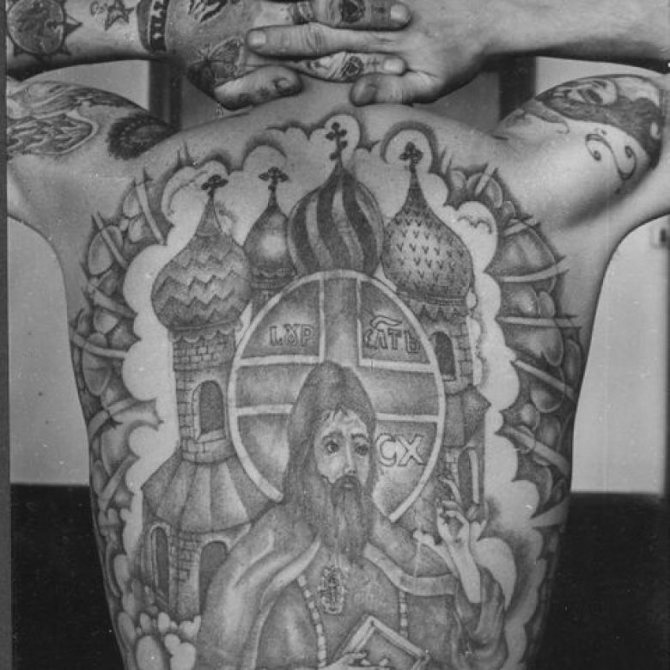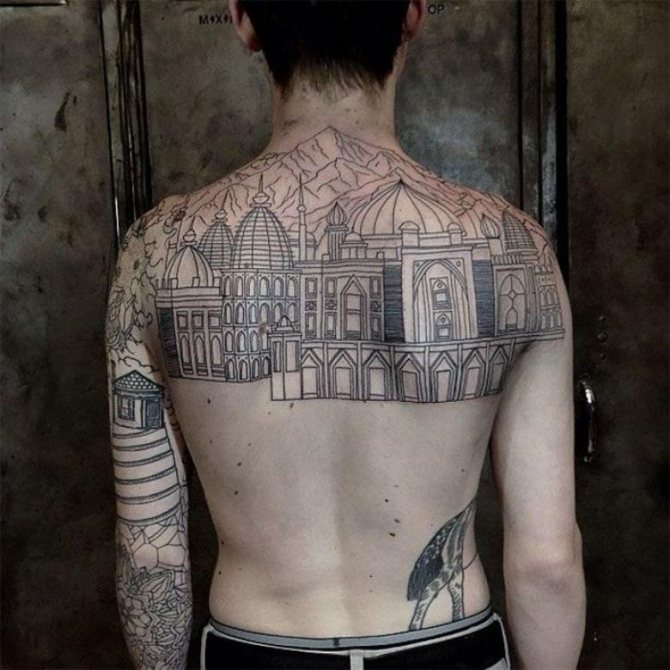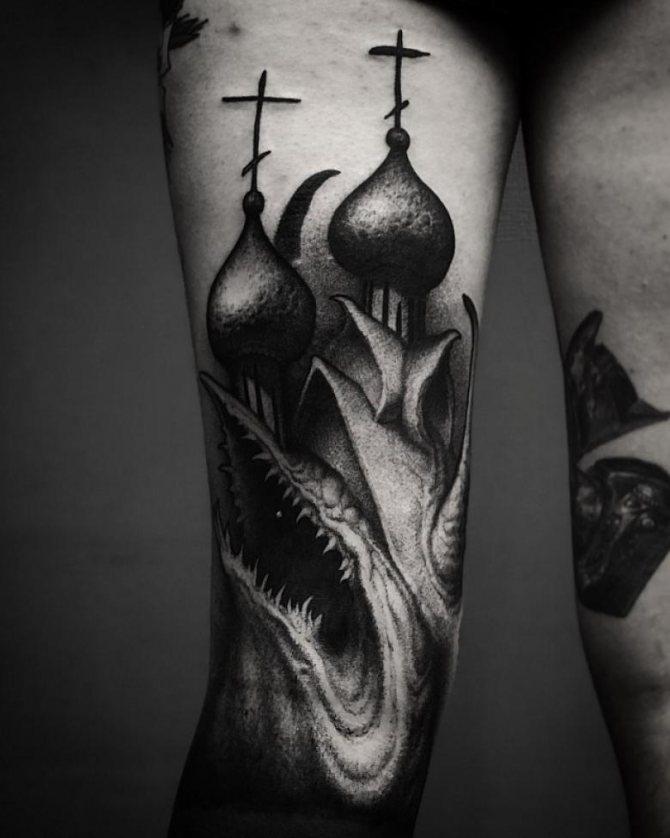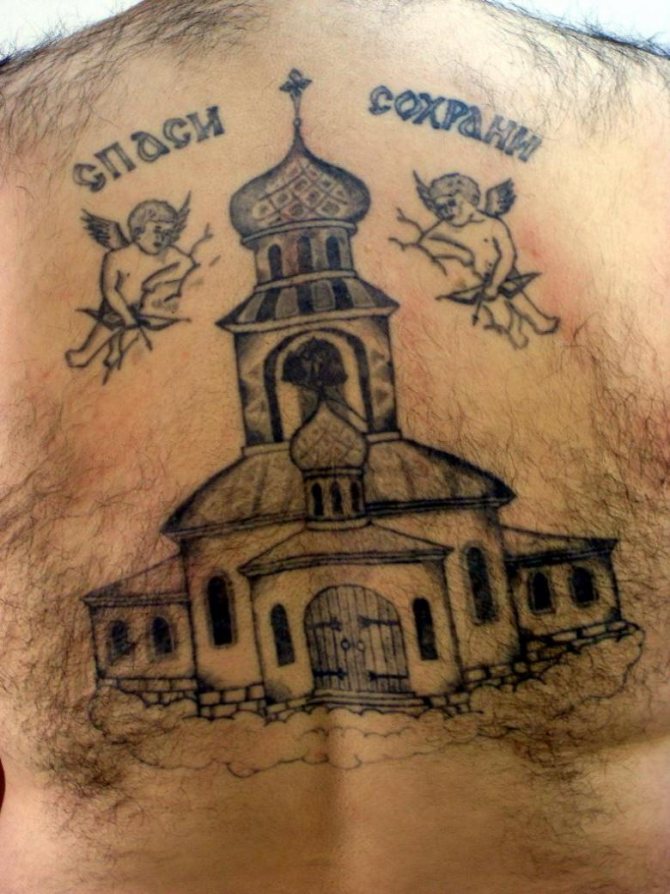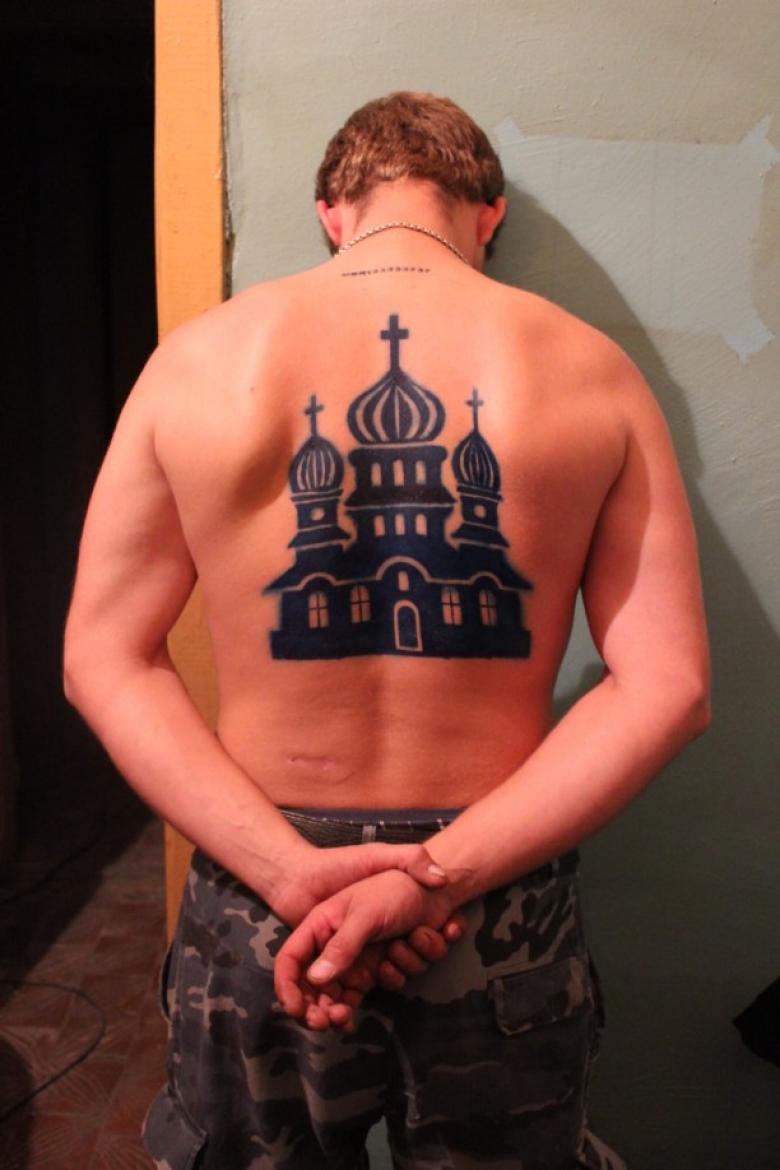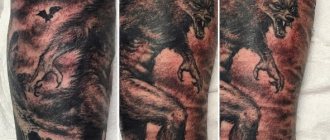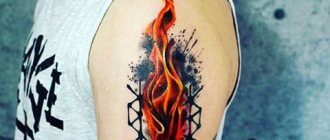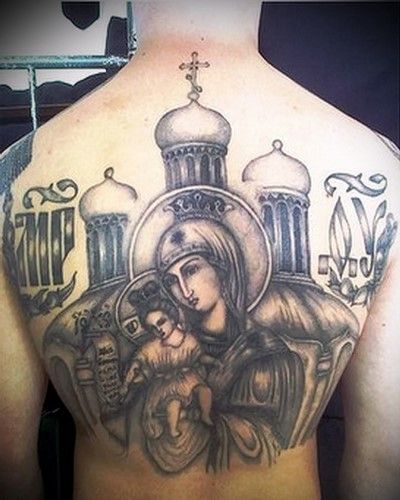
Today on the bodies of men and women not so often you can see a tattoo church. And there are several reasons for this. First, not everyone is a fan of religious tattoos. And secondly, such a naked picture usually stuffed on his body prisoners. What does the tattoo church with domes mean, you ask? Is it the number of convictions? We hasten to give an answer to this widespread question.
Who can see such a tattoo?
Tattoo "Domes" is applied on his body only a certain circle of people. Agree, in contrast to all sorts of butterflies, dragons and other popular drawings, this tattoo is not so common. This is due to the fact that it is a prison tattoo. A person on whose body the domes, church or cathedral are depicted is a former prisoner.
If you delve into the literal meaning of this tattoo, you can translate it as "prison is home to a thief. However, it also carries a deeper meaning. In order to understand it, you should study the history of the origin of the tattoo.
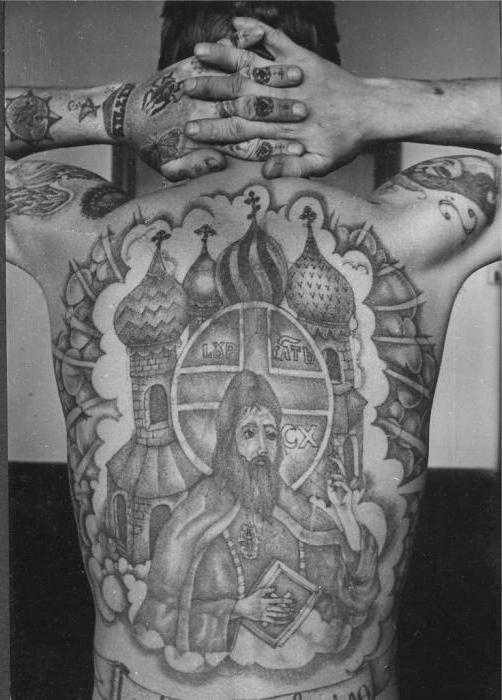

Meanings and meanings of the Orthodox tattoo
Printed on the body of a cross, or another symbol of the Orthodox faith can carry the traditional meaning of a talisman, as well as to express a tribute to tradition, respect and love for God. Often, tattoos with Christian symbols are purely pragmatic in meaning.
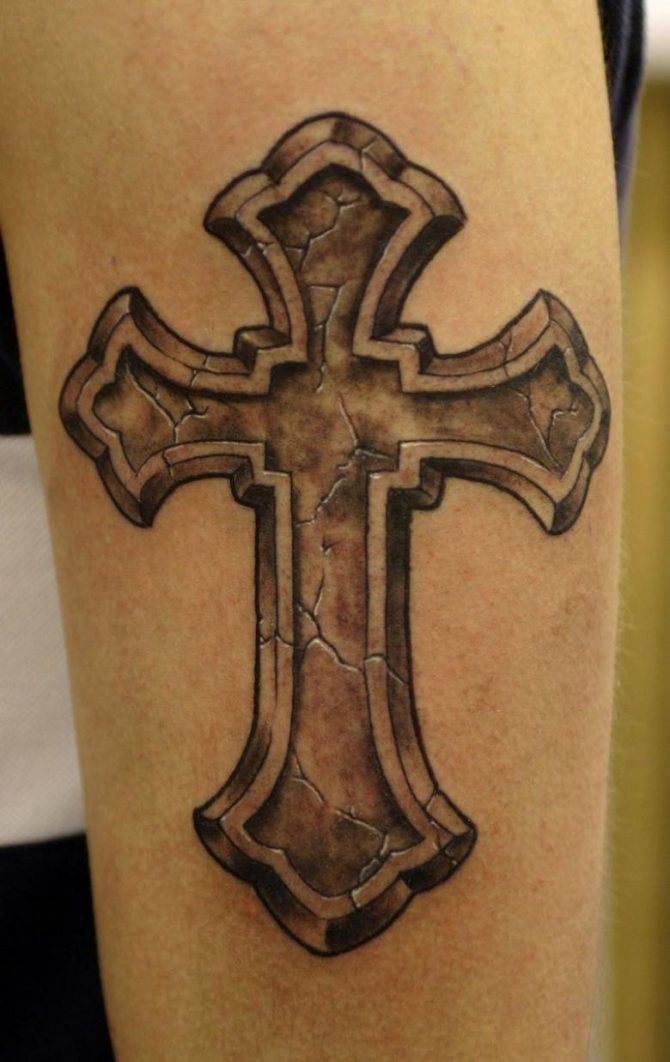

If a Christian lives among Muslims, away from the Christian cultural tradition, a tattoo of a cross on his arm would be a distinctive sign to others that would allow such a person to be buried according to Christian, not Muslim, traditions after death, if the believer passed away among strangers.
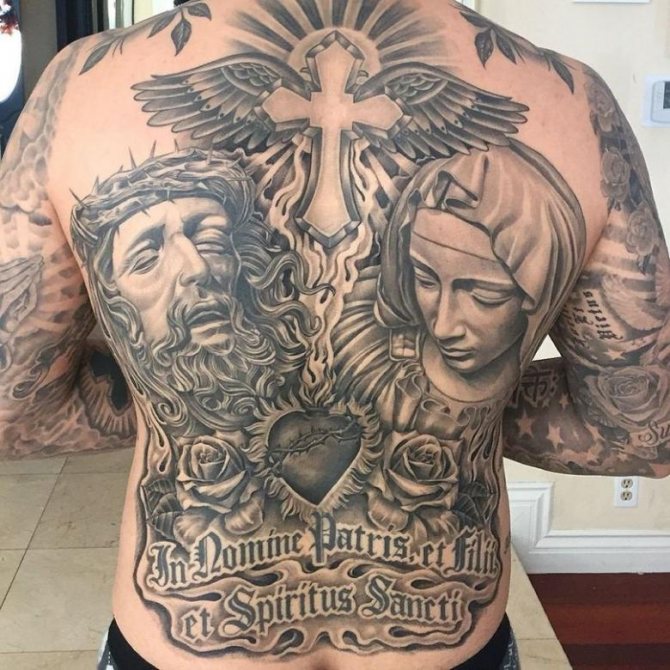

The meaning of such tattoos may vary. The only thing that is unacceptable for any symbol of the Orthodox faith is to use it as an ordinary exotic decoration or a picture that allows you to mindlessly oppose your "self" to the people around you.
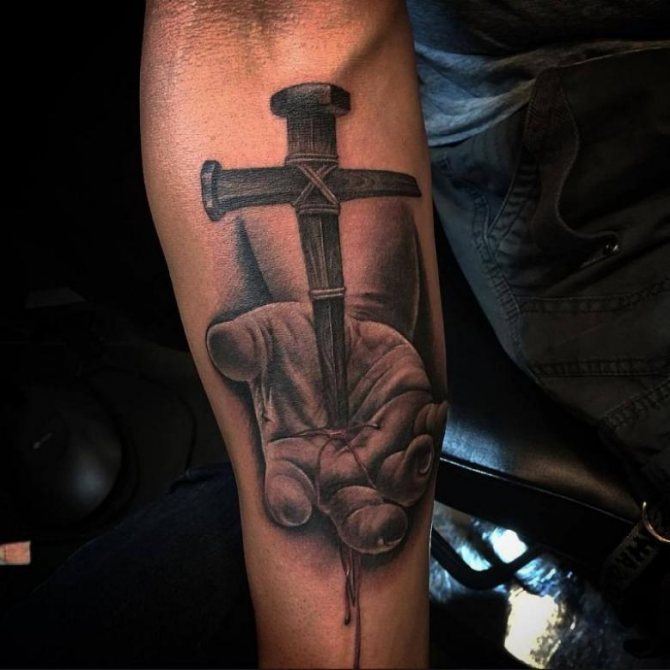

It is important to remember that only true believers who want to become closer to God with the help of cleansing from transgressions and repentance should do such tattoos. In this case, a tattoo with Orthodox symbols serves for a person a kind of precept, a symbol of renunciation of former sinful thoughts. It is not uncommon for men to put on their hands the words of the prayer "save and preserve" that protects them from danger, evil and misfortune in a difficult moment.
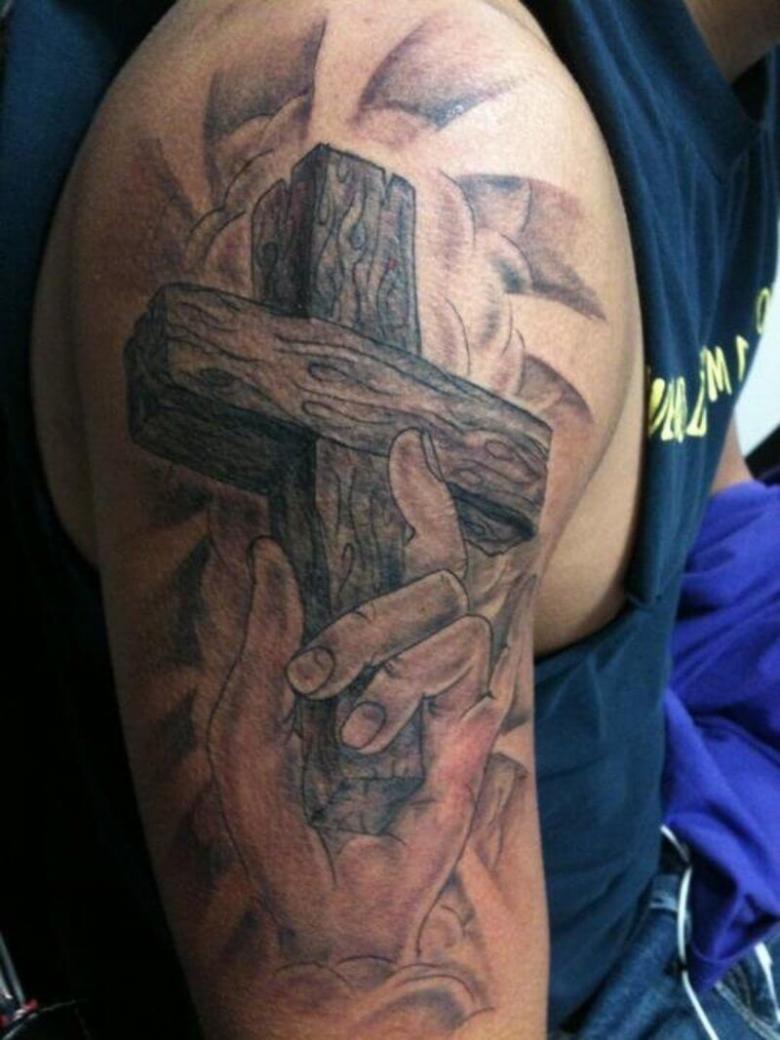

In any case, masters recommend making orthodox tattoos only to those clients who really believe in God and will not flaunt in public with orthodox tattoos. The Church most often rebukes for this very thing those who wear publicly the drawings that have an enduring religious meaning for believers.
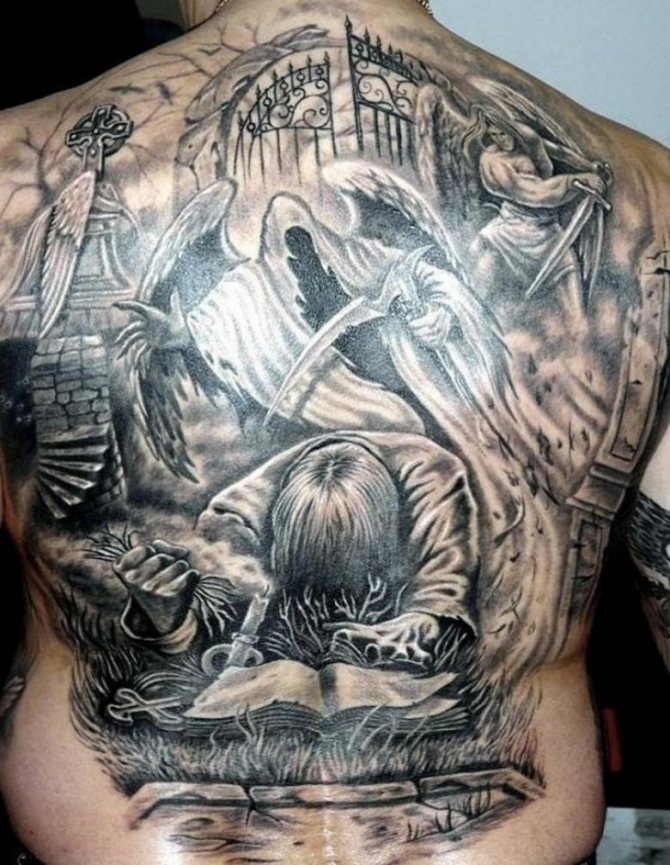

It should be remembered that the Orthodox tattoo should always be an expression of the fact that his master really believes in God. If so, such a person always chooses a rather intimate place to apply a tattoo of religious content.
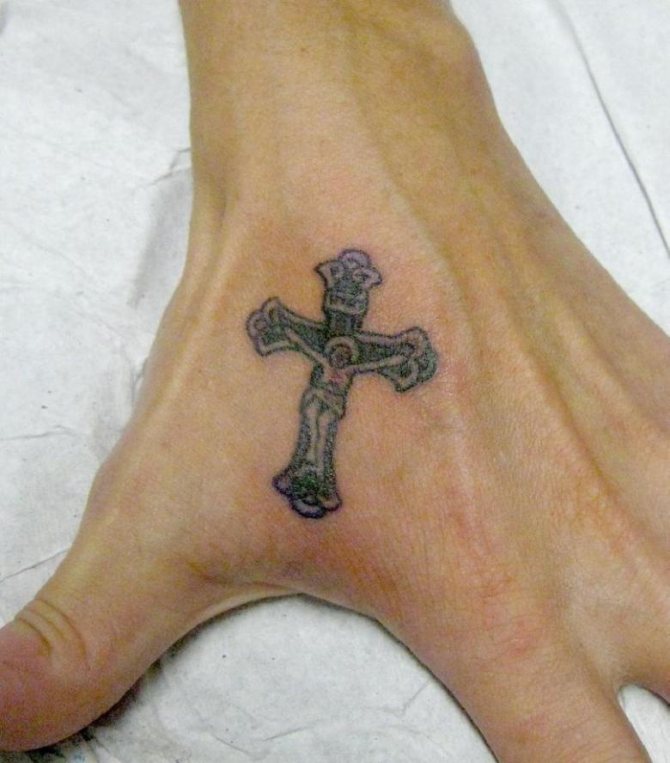

He will never make of a Christian drawing unthinkingly in a prominent place. The believer will carefully choose such a sketch, seeking as accurately as possible with the image on the body to express his love for God or other religious feelings, which he sincerely feels or deeds that he is ready to perform in the name of the Orthodox faith.
History of origin
Tattoo began to form its history back in the early twentieth century. At that time, many people were sent to the Solovetsky Islands for imprisonment. Most of them were those in whom the Bolsheviks saw a threat. These included church ministers who did not want to go along with the new government. It was here, in the prisons, that the priests, together with some of the prisoners, formed a movement. It was designed to fight atheism.
The authorities, in turn, banned the wearing of crosses and other church paraphernalia. That's when the inmates decided to tattoo the top of a cathedral or church on their bodies.
The Spiritual Harm of Tattoos
What is so dangerous about a simple picture on the body for a Christian? First of all, defiling oneself as a vessel of God is a sin. A person's life is already full of sinful actions, which often cannot be avoided. So why further spoil one's soul with things one can safely do without?
About sins:
- The Sin of Mammon.
- The sin of vanity.
- The sin of extravagance
Man is a spiritual-bodily being. It is impossible to consider separately the physical life from the life of the soul and vice versa. That's why any changes on the physical level will necessarily influence the spiritual life and vice versa. And imprinting is no exception.
Priests who deal with people's fates and hear confessions on a daily basis often note that people repent of having tattoos. Many of them began to have difficulties and problems in their lives, a feeling of abandonment by God, and despondency when they began to wear the "simple picture. This is the action of sin, which the person himself lets into his life.
Important! Signs and symbols drawn on the body carry with them a certain spiritual load, of which a person might not even be aware.
For example, neo-pagans and occultists often use runes, hidden pentagrams and other satanic symbols for tattooing. Outwardly to the uninitiated, such a tattoo can seem like just a beautiful graphic drawing that carries no information. But in reality, by putting it on himself, a person allows those forces that are designated in the symbolism to enter his life. Of course, for an Orthodox Christian this is unacceptable.
Even if one does not pierce any mystical or magical signs, a tattoo "for beauty" is incompatible with the faith of Christ. The pursuit of fashion, the excessive adornment of the body (not only with pictures, but also too fancy clothes, bright makeup, etc.) all distract a person from Christ and occupy his thoughts with earthly things. The Lord must always be first in the life of a Christian, and concern for the physical and external should remain within reasonable limits.
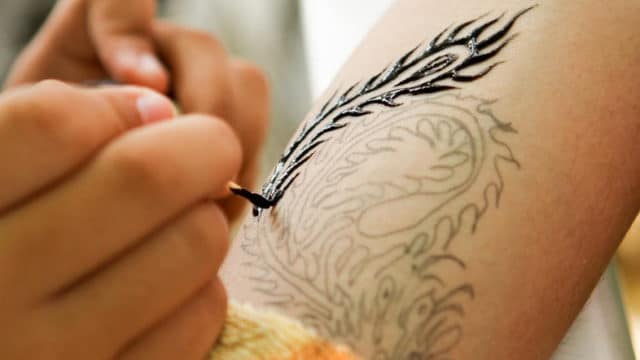

The church's attitude toward tattoos
What does the Domes tattoo mean?
Today, such a tattoo is also tattooed in prisons. However, it carries a slightly different meaning. Having met a person with domes on the chest or back, it is possible to learn about his convictions. Namely, how many years the person has spent in prison or the number of convictions he has received. In prison jargon, how many strolls he has had.
So what is the significance of the Dome tattoo? The number of domes on the body corresponds to the years spent in prison. But the number of crosses on them indicates the number of trips to the prison. Sometimes prisoners are pierced with domes as soon as they arrive at the camp. In this case, their number will indicate the years that the prisoner will still have to serve in captivity.
Such a tattoo can be tattooed on any inmate because it does not require "explanations and obligations" in the criminal world, unlike the true thieves' tattoos (stars) or epaulets. The only exception is the demand to match the number of domes to the actual term of imprisonment. Occasionally, the windows on the church also speak of the term of imprisonment.
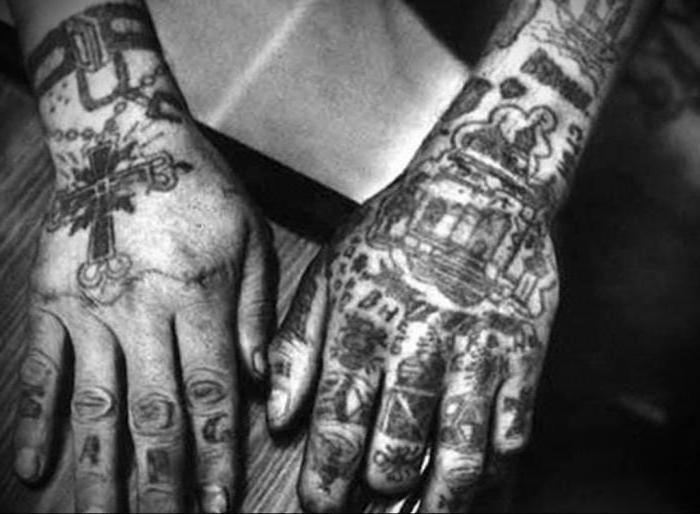

But if you meet a person who has six dark domes on his body, it would mean that he spent six months in solitary confinement for some violation of prison regime or order. On the hands, the domes will have the meaning of protest. It can also be tattooed on the forearm or thigh.
In addition, the tattoo we are considering has a separate meaning depending on gender. In female inmates, the Golden Domes tattoo is beaten by those convicted of robbery and theft.
The dome tattoo in today's world
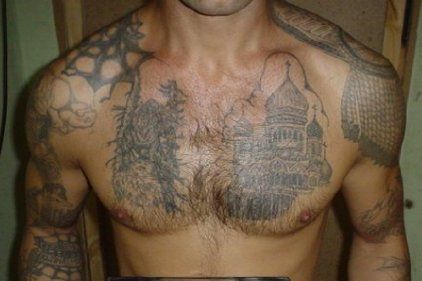

People from the criminal world at the present time are increasingly loyal to the absence or presence of tattoos with churches and cathedrals, which of course are no longer of the same type as they were before, but this does not mean that to pad a similar image can anyone, because they are still considered possible to read enough information about who owns a tattoo of this type.
Meaning at the moment
In modern times, the Dome tattoo has not changed or lost its meaning in the criminal world. Yes, and the nature of it has become more formal. Already there are no such questions and nagging to this prison tattoo. However, it is not a good idea to get such a tattoo on your own, because most prisoners are people of principle.
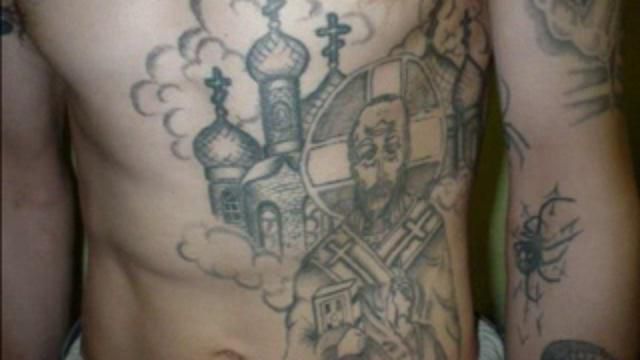

It is also not worth doing such a tattoo if you have nothing to do with the criminal world. There was a stereotype that this is exclusively a prison tattoo, although in general it is. Such a tattoo can cause some misunderstandings about the identity of its owner. This can happen no matter with what intention it was tattooed. For example, in Buddhism, the symbol of the dome is absolutely not associated with prison concepts. In this case, the tattoo carries the idea of spiritual protection. However, in our country, the Dome tattoo refers exclusively to the prison.
Despite the fact that over the decades some of the prison tattoos have changed both in appearance and in designation, they still carry a certain meaning. In each of them lies a certain history of the prisoner's criminal journey.
Where are churches and temples most often tattooed?
As a rule, prisoners decide to get this type of tattoo only on certain parts of the body. These include:
- Back;
- Chest;
- Thighs;
- Shins.
It is very rare for a burning church tattoo to be done on the abdomen. Usually on this place the picture is applied in the case if on a back or a breast already paints any other image, for example, a tattoo of a castle. However, some men and women decide to do tattoo stretch marks on the abdomen specifically in order to hide from prying eyes so ugly marks.


A few words should be said and for what reason prisoners massively stuffed tattoo church on the back. The secret is simple - for such an image usually need a large-scale area of the body, and the back is as well suited for the careful tracing of the temple. And cathedrals are depicted on the chest solely because it is very close to the heart. However, sometimes you can find a tattoo of the church on the hands, or, to be more precise, on the palms. In this case, the picture of the temple is usually complemented by images of shackles. Such a tattoo is considered a sign of protest.
Frankly speaking, ordinary people today are not recommended to do a tattoo of a church with domes because of the direct relation of such a picture to the criminal world. Therefore, if you consider yourself a religious person and want to demonstrate it to others, it is better to select for yourself another image. A tattoo church still leave the prisoners.
A way of applying a tattoo in the zone
Naturally there are no professional tattoo parlors and apparatuses in prison. Tattoos were stabbed with improvised materials. All prison tattoos are monochromatic: blue or black, the tattoo ink was made from ink, soot, coal and burnt rubber. It is still forbidden to carry helium pens in pre-trial detention facilities.
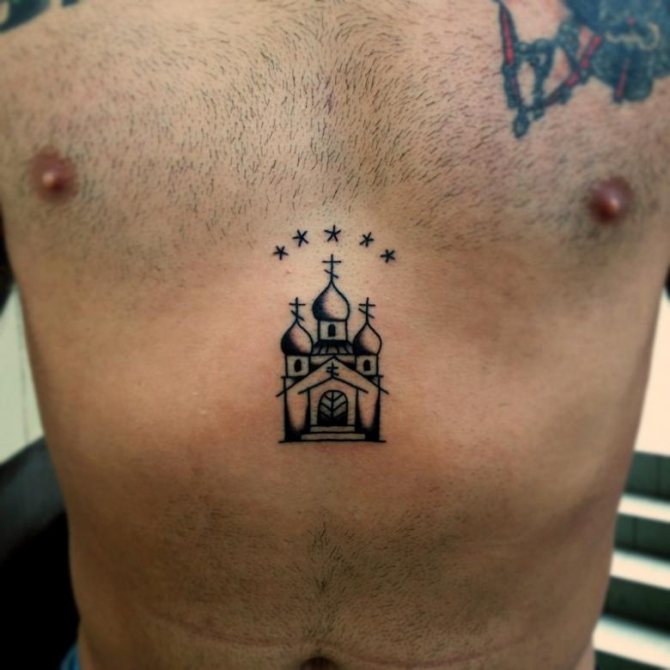

There were no special needles, it was almost impossible to get a sewing or medical needle from a syringe, and sharpened staples from books or notebooks were used. To work, the ringmaker tied the needle with thread to a match and used it to apply dye. Later it was invented to use electric razor with a needle.To become a master, it was not enough just to be good at drawing, a person had to know what, to whom and for what can be applied. A tattooist could be severely punished for his mistake. Drawings were usually applied to the body without a sketch.
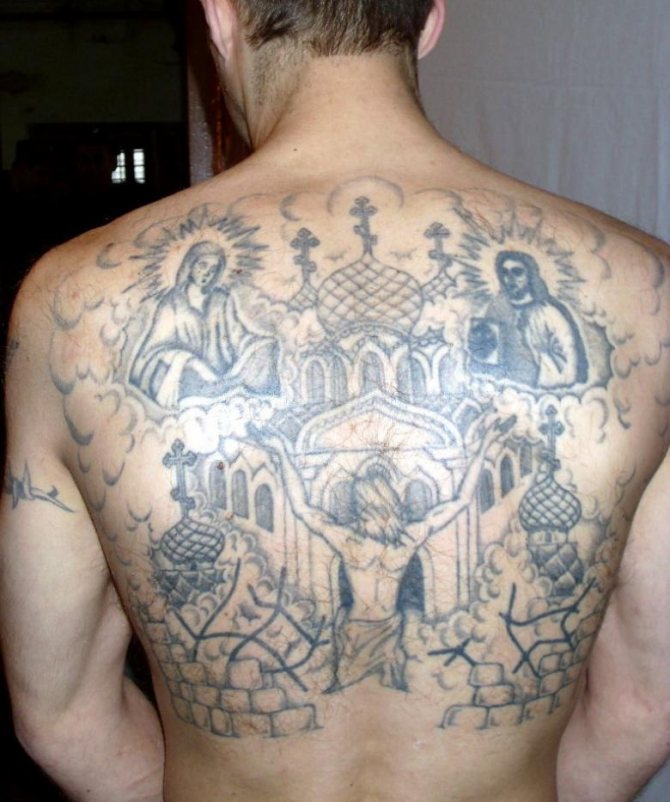

The lack of basic sanitary conditions led to negative consequences: suppuration, gangrene, amputation, infection with hepatitis, AIDS. Being aware of such consequences, convicts were and are still doing tattoos.
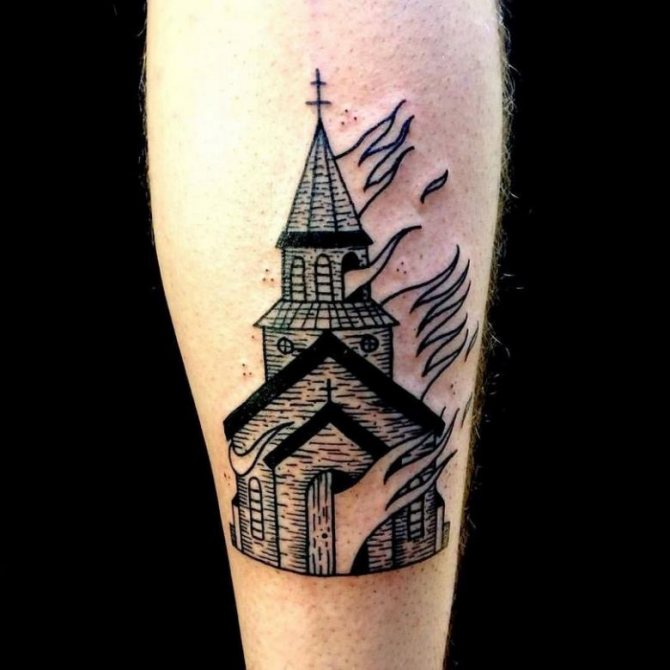

More than a century has passed since the prison tattoo with church domes appeared, but its popularity among criminals remains today. And it's not just a trivial drawing - it's the whole story of a man's life, his crime and punishment.
